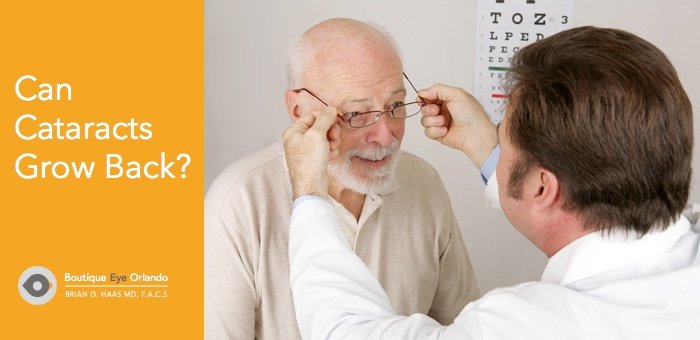The TECNIS® lens is a breakthrough in modern eye lens technology
March 13, 2015Allergy Season is Here. Be Prepared.
March 27, 2015Sometimes, cataract surgery patients will see the reemergence of some of the same symptoms that prompted the procedure in the first place: blurry vision, night driving glare, or other vision distortions. So what’s happening? Is your cataract actually growing back? Is that possible?
Well, no, but the symptoms are real, and can be easily taken care of.
Cataracts cannot grow back.
The lens of the eye contains a soft protein center surrounded by a capsule. It’s that protein center that the cataract forms on, causing cloudy and blurred vision.
Cataract surgery involves using ultrasound to break up the cloudy material, then placing an intraocular lens (IOL) inside of the capsule, which remains in place. So, the cloudy protein is gone, but the capsule is still there.
So why am I experiencing cataracts symptoms?
After cataracts surgery, what’s known as posterior capsular opacification, or secondary cataracts, can occur. It’s actually not a cataract at all, but a clouding of the membrane/capsule that sits behind the lens.
Secondary cataracts, confusingly, produces many of the same symptoms as the original cataracts, causing many people to think that the cataract has grown back.
What can I do?
Secondary cataracts (which are really a misleading term, since it’s not a cataract at all) is easily fixed with a simple follow-up procedure.
Dr. Haas will order a special laser procedure called a YAG capsulotomy. Using a YAG laser, he’ll create an opening in the capsule, allowing light to pass through the membrane to the retina in the back of the eye. Vision is restored almost instantly in a safe, easy, fast, and painless procedure.
Wrap-up
Secondary cataracts are the most common complication from cataracts surgery. If you’re experiencing symptoms that are similar to those of cataracts, a quick and easy procedure can restore your vision in no time.


